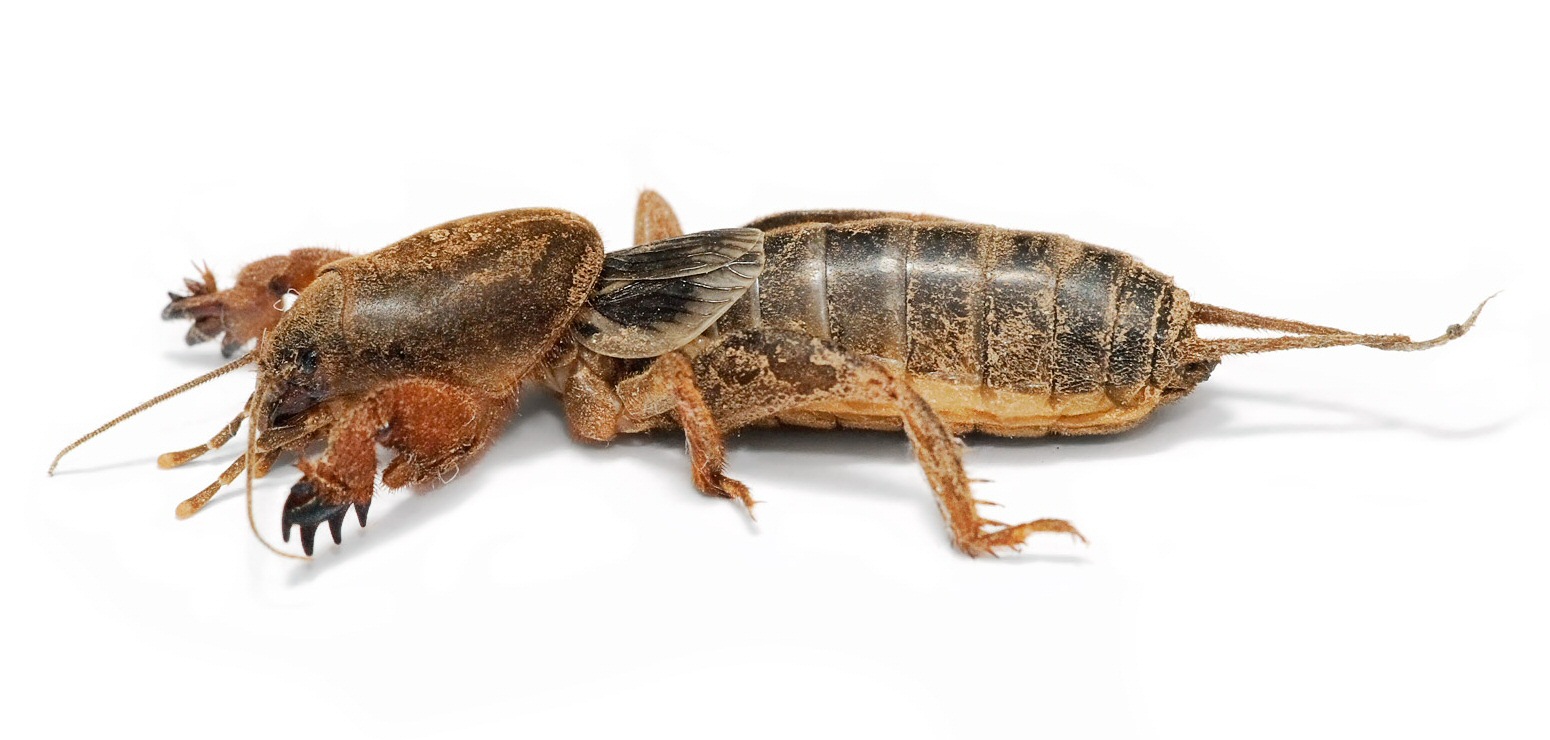|
Macrobaenetes
''Macrobaenetes'' is a genus of sand-treader crickets in the family Rhaphidophoridae The orthopteran family Rhaphidophoridae of the suborder Ensifera has a worldwide distribution. Common names for these insects include cave crickets, camel crickets, spider crickets (sometimes shortened to "criders" or "sprickets"), and sand trea ..., found in California. There are at least four described species in ''Macrobaenetes''. Species These species belong to the genus ''Macrobaenetes'': * '' Macrobaenetes algodonensis'' Tinkham, 1962 (Algodones sand treader cricket) * '' Macrobaenetes kelsoensis'' Tinkham, 1962 (Kelso Dunes giant sand-treader cricket) * '' Macrobaenetes sierrapintae'' Tinkham, 1962 (Sierra Pinta giant sand-treader cricket) * '' Macrobaenetes valgum'' (Strohecker, 1960) (Coachella giant sand-treader cricket) References Ensifera genera Rhaphidophoridae Taxonomy articles created by Polbot {{rhaphidophoridae-stub ... [...More Info...] [...Related Items...] OR: [Wikipedia] [Google] [Baidu] |
Macrobaenetes Kelsoensis
''Macrobaenetes kelsoensis'' is a species of insect in family Rhaphidophoridae known commonly as the Kelso giant sand treader cricket. It is endemic to California, where it is known only from San Bernardino County San Bernardino County ( ), officially the County of San Bernardino and sometimes abbreviated as S.B. County, is a county located in the southern portion of the U.S. state of California, and is located within the Inland Empire area. As of th ....NatureServe. 2014''Macrobaenetes kelsoensis''.NatureServe Explorer Version 7.1. Arlington, Virginia. Accessed August 29, 2014. References Endemic fauna of California Endemic insects of the United States Rhaphidophoridae Taxonomy articles created by Polbot Insects described in 1962 {{rhaphidophoridae-stub ... [...More Info...] [...Related Items...] OR: [Wikipedia] [Google] [Baidu] |
Macrobaenetes Algodonensis
''Macrobaenetes algodonensis'', the algodones sand treader cricket, is a species of camel cricket in the family Rhaphidophoridae The orthopteran family Rhaphidophoridae of the suborder Ensifera has a worldwide distribution. Common names for these insects include cave crickets, camel crickets, spider crickets (sometimes shortened to "criders" or "sprickets"), and sand trea .... It is found in North America. References Rhaphidophoridae Articles created by Qbugbot Insects described in 1962 {{rhaphidophoridae-stub ... [...More Info...] [...Related Items...] OR: [Wikipedia] [Google] [Baidu] |
Macrobaenetes Valgum
''Macrobaenetes valgum'', the Coachella giant sand treader cricket, is a species of insect in the family Rhaphidophoridae. It is endemic Endemism is the state of a species being found only in a single defined geographic location, such as an island, state, nation, country or other defined zone; organisms that are indigenous to a place are not endemic to it if they are also foun ... to the United States. References Insects of the United States Rhaphidophoridae Insects described in 1960 Taxonomy articles created by Polbot {{rhaphidophoridae-stub ... [...More Info...] [...Related Items...] OR: [Wikipedia] [Google] [Baidu] |
Rhaphidophoridae
The orthopteran family Rhaphidophoridae of the suborder Ensifera has a worldwide distribution. Common names for these insects include cave crickets, camel crickets, spider crickets (sometimes shortened to "criders" or "sprickets"), and sand treaders. Those occurring in New Zealand are typically referred to as jumping or cave wētā. Most are found in forest environments or within caves, animal burrows, cellars, under stones, or in wood or similar environments. All species are flightless and nocturnal, usually with long antenna (biology), antennae and legs. More than 500 species of Rhaphidophoridae are described. The well-known Gryllidae, field crickets are from a different superfamily (Grylloidea) and only look vaguely similar, while members of the family Tettigoniidae may look superficially similar in body form. Description Most cave crickets have very large hind legs with "drumstick-shaped" femora and equally long, thin tibiae, and long, slender antennae. The antennae arise ... [...More Info...] [...Related Items...] OR: [Wikipedia] [Google] [Baidu] |
Ensifera Genera
Ensifera is a suborder of insects that includes the various types of crickets and their allies, including true crickets, camel crickets, bush crickets or katydids, grigs, ''wētā'', and Cooloola monsters. This and the suborder Caelifera (grasshoppers and their allies) make up the order Orthoptera. Ensifera is believed to be a more ancient group than Caelifera, with its origins in the Carboniferous period, the split having occurred at the end of the Permian period. Unlike the Caelifera, the Ensifera contain numerous members that are partially carnivorous, feeding on other insects, as well as plants. ''Ensifer'' is Latin for "sword bearer", and refers to the typically elongated and blade-like ovipositor of the females. Characteristics Characteristics shared by the two orthopteran suborders, Caelifera and Ensifera, are the mouthparts adapted for biting and chewing, the modified prothorax, the hind legs modified for jumping, the wing shape and venation, and the sound-producing ... [...More Info...] [...Related Items...] OR: [Wikipedia] [Google] [Baidu] |

